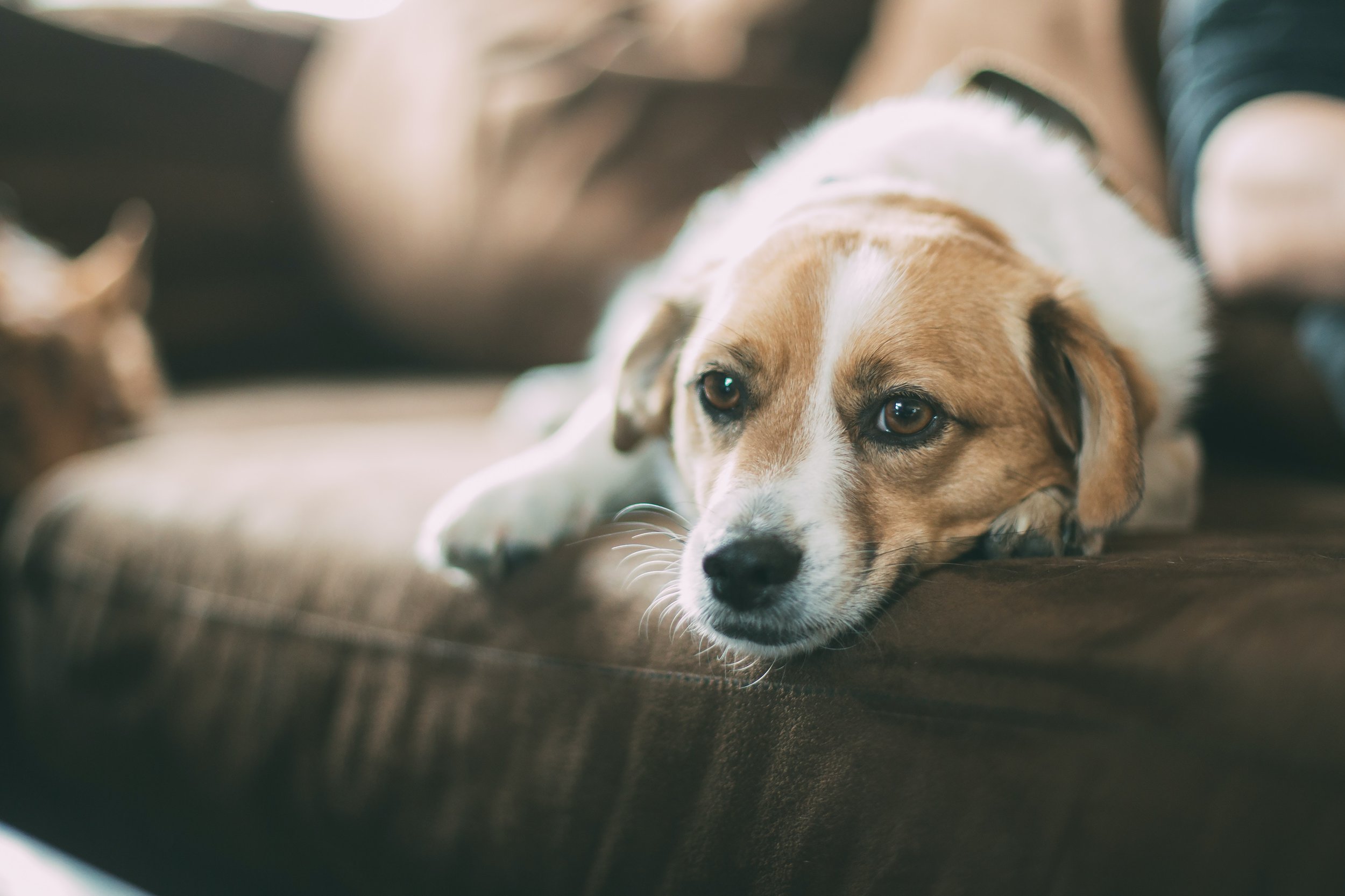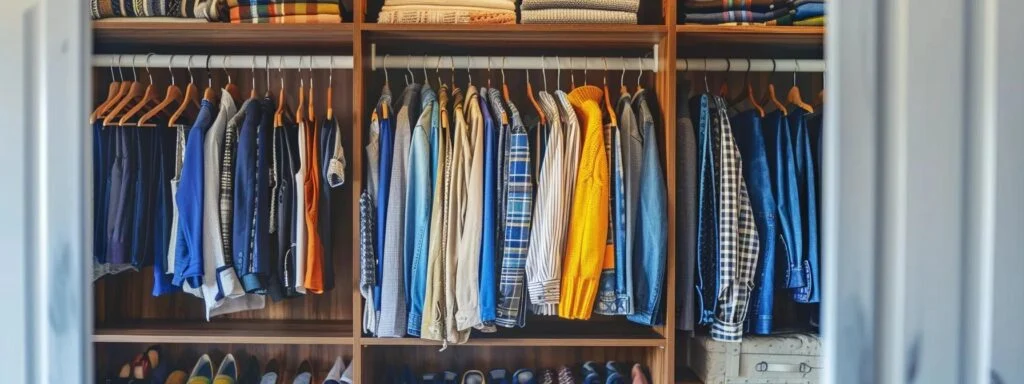Bringing your furry friend along on errands is part of modern pet-friendly living. But what happens if your pet’s curiosity gets the better of them and something valuable in a store is left shattered? If you’ve ever worried about your dog, cat, or other companion animals breaking a store item, you’re not alone. Understanding your rights, responsibilities, and the best way to handle these situations can help you handle the accident gracefully and avoid unnecessary stress.
Let’s dive into what you need to do if your pet breaks something in a store, how liability works, and how to turn an awkward moment into a positive experience for everyone involved.
Why Do Pets Break Things in Stores?
Pets are naturally curious, energetic, and—let’s face it—sometimes clumsy. New environments filled with enticing scents, interesting textures, and unfamiliar sights can overwhelm your pet. Dogs may wag their tails into an aisle of glass jars, cats might leap onto a display shelf, and other small pets could knock over merchandise in a moment of excitement.
Pet-friendly businesses often encourage owners to bring animals inside, and many even provide treats and water bowls. However, even the best-behaved pets can make mistakes. Recognizing this potential is key to being a responsible pet owner.
Are You Responsible If Your Pet Breaks Something?
Short answer: Usually, yes. As a pet owner, you’re responsible for the actions of your companions while in public spaces. If your pet causes damage—whether it’s knocking a vase off a shelf, tearing fabric, or even making a mess—you are generally expected to compensate the store for the damage.
This responsibility law applies in many countries, including the United States, Australia, and the United Kingdom. Most states and countries recognize that anything under your care—including children and pets—falls under your legal responsibility when accidental damage occurs.
Exceptions: When Might You Not Be Liable?
There are situations where fault may not be clear-cut. If the store’s layout or display is inherently unsafe (for example, precariously stacked items or overloaded shelves in narrow aisles), the store may share liability for the accident. If you can show that negligence or poor merchandising led to your pet’s mishap, you could potentially challenge liability.
Stores also typically carry insurance to cover these accidents, and some may choose not to ask you for payment at all.
What Should You Do If Your Pet Breaks a Store Item?
Mistakes happen, but how you react makes a difference. Here’s a step-by-step guide to handling the situation:
1. Stay Calm and Assess the Situation
Avoid panicking or raising your voice. Reassure your pet and calmly evaluate the situation. Is anyone hurt? Is there a safety hazard like broken glass? First, ensure no one is at risk.
2. Notify Store Staff Immediately
Alert a store employee or manager to the accident right away. Being upfront shows responsibility and respect for the store’s property. Staff may also have specific protocols for handling pet-related incidents.
3. Offer to Pay or Compensate
Most stores expect customers to pay for items their pets break. Politely offer to cover the cost of the broken item. In many cases, store managers appreciate your honesty and may even waive the charge, especially for minor damage.
4. Observe Store Policy
Some businesses have standard procedures for these mishaps, often covered by insurance. The manager may fill out an incident report, and you may need to provide your contact details.
5. Don’t Try to Clean Up
For safety reasons, store employees usually prefer to handle the clean-up—especially if glass or sharp objects are involved. Stand back and keep your pet away from the mess to prevent further complications.
Understanding Store Policies and Insurance
Retailers (especially in tier-1 countries) anticipate the occasional accident and often have insurance policies—like general liability or property insurance—that help cover damages caused by customers or their pets. However, this doesn’t mean you’re off the hook; your willingness to pay demonstrates responsible “pet etiquette.”
Third-Party Liability Insurance
You might be protected by your personal liability insurance (often included in homeowner’s or renter’s insurance), which sometimes covers accidental damages caused by pets outside your home. Check your policy or consult your insurance agent for details.
When Might the Store Be At Fault?
If the store’s setup made an accident highly likely—like overstocked, unstable shelves or items at tail-level in a pet-friendly shop—you could argue that store negligence led to the incident. Document the area with photos and politely bring it to management’s attention if you feel the setup was unsafe.
The Legal Side: Can You Be Forced to Pay?
Most legal systems adhere to the principle that if your pet causes damage, you’re accountable for it. However, the amount you pay should reflect the actual value of the damage—not an inflated price.
Shops must demonstrate negligence if they wish to hold you liable in exceptional situations. For example, if another customer startled your pet or an employee left items in obviously risky positions, the liability may shift.
International Perspectives: What Happens in Different Countries?
Laws about pet liability are fairly consistent across much of North America, Europe, and Australia:
- United States: Pet owners are typically liable for property damage caused by their animals, including in stores, unless the store was demonstrably negligent.
- United Kingdom and Europe: Similar rules apply, and compensation is expected if someone under your care (including a pet) causes damage.
- Australia, Canada, and New Zealand: Local laws also hold pet owners primarily responsible for costs arising from their pet’s actions.
Always check your local laws for the most accurate, up-to-date information.
What If Your Pet Hurts Someone in a Store?
While this article focuses on property damage, if your pet injures another customer or employee, the stakes are higher. Liability for injuries often triggers not just reimbursement for damages but also compensation for medical bills and even pain and suffering. Some states and countries enforce “strict liability” for animal-caused injuries, while others consider the pet’s history or the circumstances of the incident.
How to Prevent Accidents: Proactive Pet Owner Tips
You can minimize the odds of your pet breaking something with these proactive steps:
- Keep pets leashed or in carriers: Always control their movement in public spaces
- Supervise at all times: Never leave pets alone, even for a moment
- Know your pet’s temperament: If your animal is easily excitable, consider leaving them at home
- Avoid risky displays: Steer your pet clear of fragile or valuable merchandise
- Reward calm behavior: Treats and praise reinforce good manners during outings
The Right Attitude: Apologies and Responsibility
Accidents happen, but polite, mature communication with store staff paves the way for smoother resolution. A genuine apology, an offer to pay, and visible concern for any inconvenience show you respect both the merchant and other shoppers.
In rare cases, you may encounter store staff who are unsympathetic or overzealous in demanding payment. Stay calm, avoid confrontation, and—if necessary—request to speak with store management or seek clarification on the actual value of the damage.
Frequently Asked Questions
Do stores have to let me pay?
Most stores appreciate your offer but may not require it for low-value items. It depends on company policy and the nature of the damage.
What if I refuse to pay?
Refusing to pay could lead to a request to leave, a ban from the store, or in rare cases, civil action if the item was valuable.
Can a store sue me for damages?
Yes, but lawsuits are rare and usually only for high-value damage or gross negligence.
Will my pet be banned from future visits?
If your pet repeatedly causes damage or presents a risk, the store may ask you not to bring them back. Respect such requests to maintain good community relations.
What about service animals?
Stores must allow legally qualified service animals, but their handlers are still responsible for any damage done.
Conclusion: Handle Pet Store Accidents With Grace and Confidence
If your pet breaks a store item, remember: honesty and responsibility go a long way. Staying calm, alerting staff promptly, and offering to pay is not just the right thing to do—it leaves a positive impression and reduces stress for everyone involved.
By knowing your legal position, understanding store policies, and behaving courteously, you can turn an embarrassing moment into a demonstration of true pet owner etiquette. Remember, most businesses value good customers over a single broken item. Keep your cool, learn from the experience, and continue to enjoy outings with your beloved pet.
Have you had an awkward pet accident in a store? Share your stories in the comments and let’s help fellow pet owners handle these moments with confidence!






